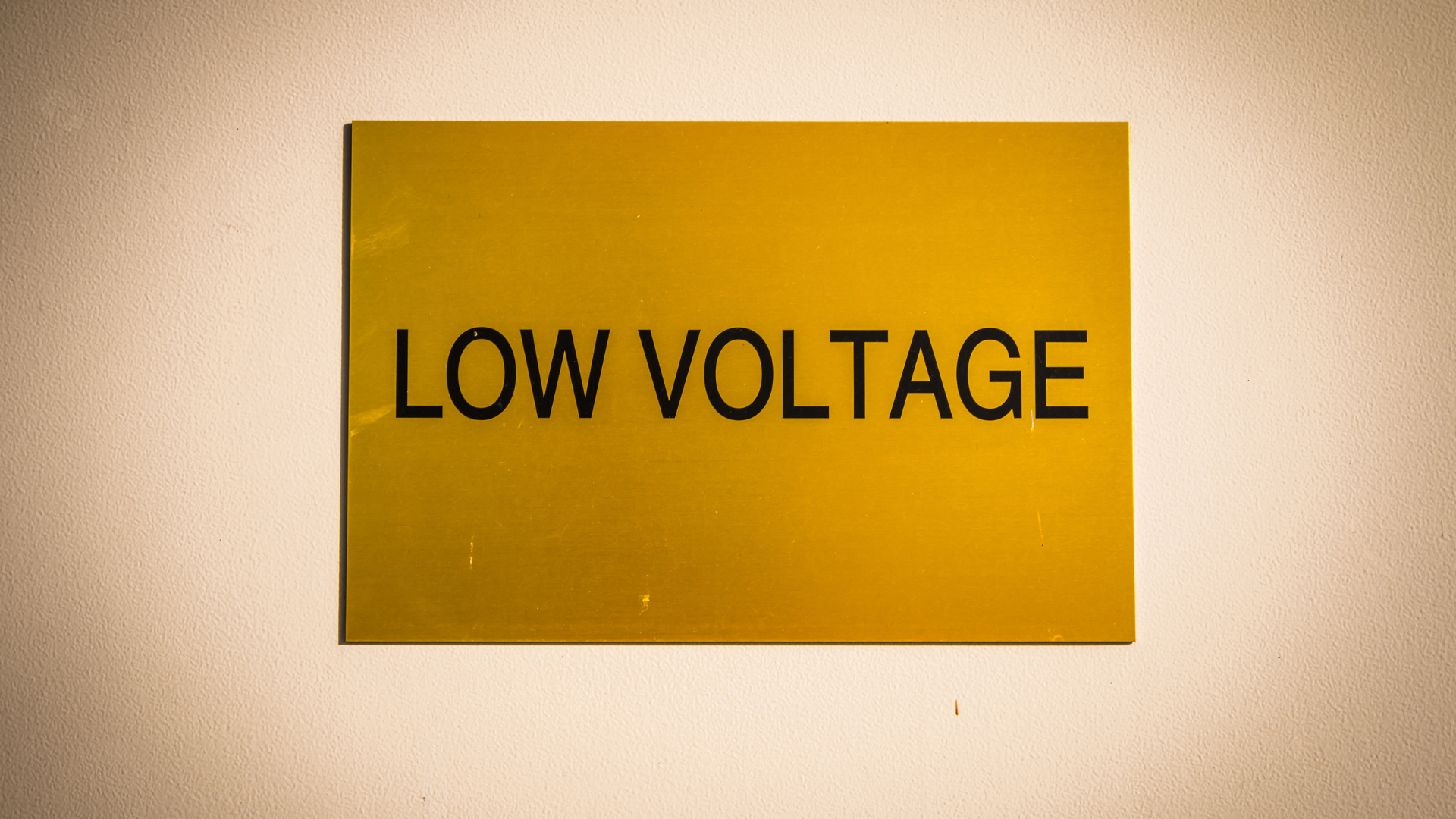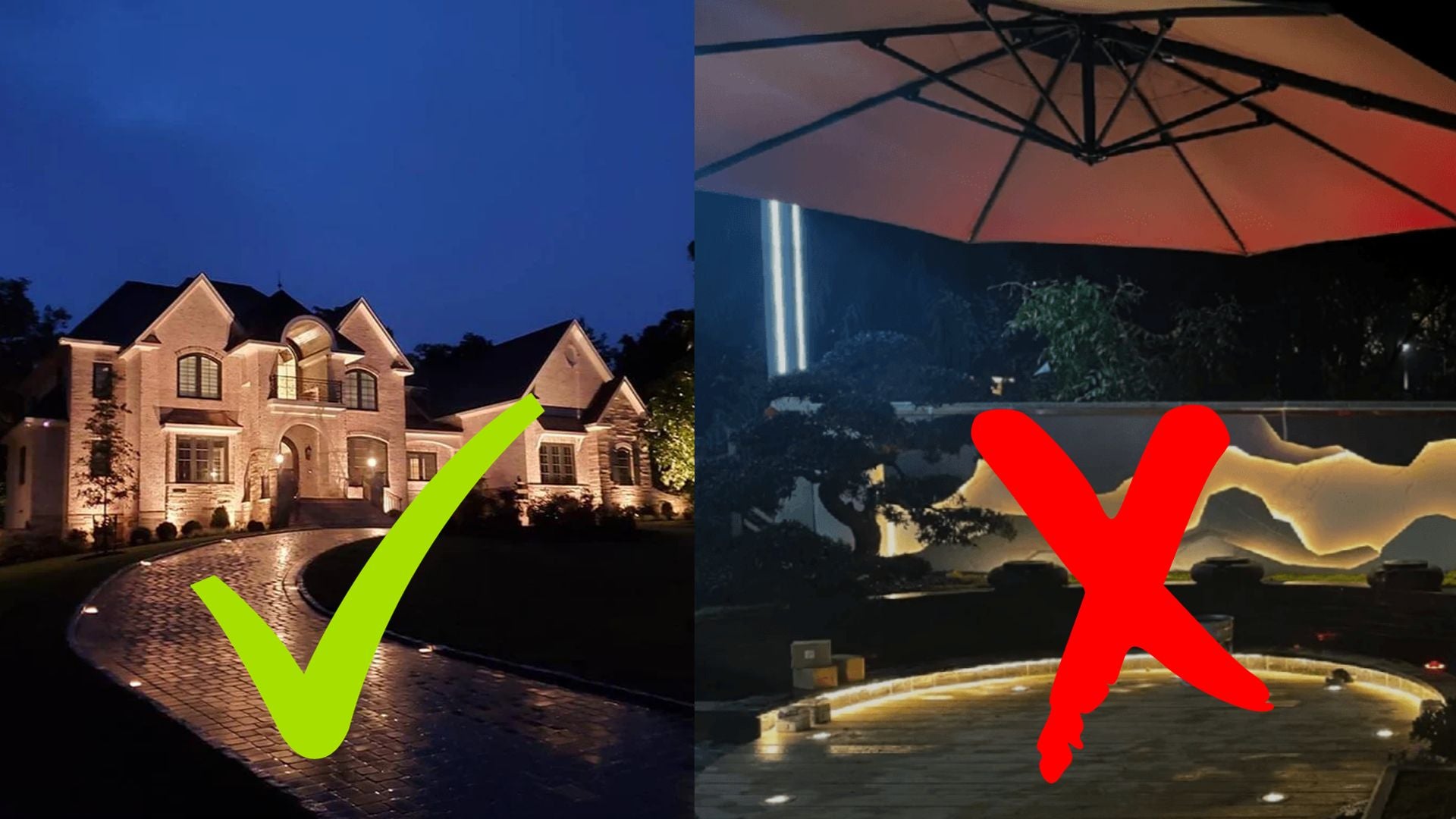Info Leonlite
26-08-2023
How to Select the Ideal Material for your outdoor Lighting?

How to Select the Ideal Material for your outdoor Lighting?
When diving into the world of home improvement, lighting becomes an exhilarating frontier. It's not just about selecting fixtures that capture your home's essence; it's about illuminating your outdoor spaces in a way that maximizes their charm. Yet, while the design and style of the lights you choose matter, it's essential to first hone in on the materials that craft these fixtures. Why? Because the durability and lifespan of your outdoor lighting are intrinsically tied to the materials from which they're made. This piece delves deep into the advantages and disadvantages of materials commonly chosen for exterior lighting. So, stay with us, and let's explore together the top materials for ensuring your outdoor lights stand the test of time.
* Prices seem high? Could be multi-unit packs. Check your cart for details.
Table Of Content
- the Pros and Cons of Plastic Outdoor Light Fixtures
- the Shine and Challenges of Stainless Steel Outdoor Lighting
- Bronze vs. Brass: Which Is Best for Durable and Elegant Lighting?
- The Ups and Downs of Using Aluminum for Outdoor Lights
- concluding thoughts
the Pros and Cons of Plastic Outdoor Light Fixtures
Plastic has undeniably earned its reputation as a versatile material. Its ability to be molded into virtually any form makes it a favorite for many applications. Plus, its chemical resistance is a big reason why we often find aggressive substances like bleach housed in plastic containers. And let's not forget its roots in oil production, which make it both affordable and abundant. But before you jump on the plastic bandwagon for your outdoor light fixtures, consider the flip side. Plastic might be budget-friendly, but it's not the most durable choice out there. Don't be surprised if, after a year, those pristine plastic fixtures start showcasing unsightly nicks and scratches. And if you're eyeing polyurethane plastics, remember they aren't immune to the effects of weather. Exposure to UV rays can leave them with a yellowed complexion over time. While there are coatings that can fend off some of these effects, it's another factor to keep in mind. As you think about the fixture's lifespan, remember: plastics aren't exactly eco-champions. Their slow decomposition and limited recyclability mean they often land up in landfills. Contrast that with metal fixtures, which can find a second life when melted and repurposed.

the Shine and Challenges of Stainless Steel Outdoor Lighting
Stainless steel boasts a fusion of iron and chromium, giving it its noteworthy resistance to corrosion – hence the "stainless" label. This material isn't just tough; it's flexible enough to be crafted into a variety of designs without compromising its strength. When you step into contemporary homes, it's not unusual to find indoor lights gleaming with the signature shiny allure of stainless steel, all thanks to the alloy's reflective nature.
However, before you let stainless steel's luster dazzle you into picking it for your outdoor setup, there's some fine print to consider. Those gleaming fixtures outdoors? They'll need a good polishing session to maintain their shine, and that's no occasional affair. Imagine having to crouch down, polishing tool in hand, every week, perhaps even twice, just to keep them looking pristine. Now picture doing that on a chilly fall morning with dew-soaked grass beneath and frosty air numbing your fingertips. It's food for thought, right?

* Prices seem high? Could be multi-unit packs. Check your cart for details.
Bronze vs. Brass: Which Is Best for Durable and Elegant Lighting?
When you think of classic materials that have been used for centuries, bronze likely comes to mind. This alloy, consisting of copper, tin, and a touch of nickel, was a game-changer over 5,000 years ago. Enter the Bronze Age, an era when the mere act of blending tin with copper produced a stronger, corrosion-resistant metal. Some of the ancient artifacts we've uncovered, dating back to 3,500 B.C., attest to bronze's lasting nature. Fast forward to today, and bronze's reputation for longevity remains unchallenged. Lighting fixtures crafted from bronze don't merely resist the elements; they thrive, with temperature fluctuations having minimal impact. Over time, bronze develops an oxidized patina that acts as a protective shield, ensuring its durability. This patina isn't just functional; it lends a uniquely captivating aesthetic to every fixture, ensuring your lighting choice becomes a singular piece of art.


On the flip side of the metal spectrum is brass. Born from a mix of copper and zinc, brass holds its own in the durability department. Whether faced with sweltering heat or icy chills, outdoor lights made of brass stand firm and maintain their allure. This alloy also undergoes the graceful aging process, developing that sought-after patina sheen, enhancing its appeal over time. Brass's softer nature makes it a playground for designers, allowing them to sculpt, twist, and mold it into intricate forms. This blend of resilience, malleability, and the inherent charm of its finish explains why it's a hit among lighting aficionados. Whether it's the ornate detailing of path lights or the refined elegance of deck lights, there's a brass fixture tailored for every taste.
* Prices seem high? Could be multi-unit packs. Check your cart for details.
The Ups and Downs of Using Aluminum for Outdoor Lights
Aluminum lighting fixtures are increasingly becoming a favorite choice for many, and it's easy to see why. First and foremost, aluminum, with its lower density, is incredibly lightweight. This feature not only eases the installation process but also offers flexibility in design, allowing for more intricate and unique patterns in fixtures. Whether you're aiming for a minimalist, modern look or a more ornate design, aluminum can be molded effortlessly to meet those needs.
Moreover, affordability is a significant advantage of aluminum. In today's world, where value for money is paramount, aluminum stands out as a cost-effective option. It's no wonder that major companies, like Coca-Cola, opt for aluminum when producing their signature cans. This affordability doesn't mean compromising on aesthetics or durability; instead, it's a testament to aluminum's versatility.
Now, it's worth noting that like all materials, aluminum does have its quirks. Over extended periods, especially in certain environmental conditions, aluminum might show signs of oxidation. However, the beauty of aluminum lies in its adaptability. With the right finish or coating, these minor challenges can be effectively mitigated. For instance, if you're situated near the coast, where salt air is a concern, a protective finish can shield your fixtures, ensuring they remain pristine for years to come.
Some might point out the softness of aluminum as a potential drawback, fearing that their fixtures might be prone to bending. However, this very softness is what makes aluminum so malleable and ideal for crafting. And, with the right design and support, aluminum fixtures can be as sturdy and long-lasting as any other.
In conclusion, aluminum lighting fixtures offer a harmonious blend of design flexibility, affordability, and resilience. While it's essential to be aware of the material's characteristics, with the right precautions and care, aluminum can be an excellent choice for your lighting needs, combining both form and function.

concluding thoughts
When selecting outdoor lighting fixtures, it's not merely about aesthetics; the material's resilience and longevity play a pivotal role. While plastic fixtures are budget-friendly and versatile, they can face challenges like yellowing from UV light exposure. Moreover, environmental concerns arise as many aren't recyclable. Stainless steel lights, with their contemporary allure, require consistent upkeep outdoors and may face challenges in colder regions without regular care. Bronze fixtures, rooted in the historical significance of the Bronze Age, boast impressive durability. The protective patina that forms over time gives them a unique, aged charm. Brass, a blend of copper and zinc, remains robust against varying temperatures. Its evolving patina and ability to be molded into intricate designs enhance its appeal.
However, aluminum offers a distinct proposition. Its affordability, coupled with its effortless moldability, makes it an attractive choice for many. While there are mentions of its susceptibility to oxidation, with the right finish and occasional care, these concerns can be effectively addressed. Especially if you're seeking cost-effective solutions that don't compromise on design versatility, aluminum stands out as a considerable option. In conclusion, the choice of material greatly impacts the longevity and visual appeal of your outdoor lighting fixtures, with each material presenting its unique set of strengths.
FREQUENTLY ASKED QUESTIONS (FAQS)
Author

INFO-Leonlite
Tags
Outdoor lighting
Light Fixtures
Aluminum Outdoor Light
Bronze Outdoor Light
Brass Outdoor Light
Plastic Outdoor Light
Stainless Steel Outdoor Light















